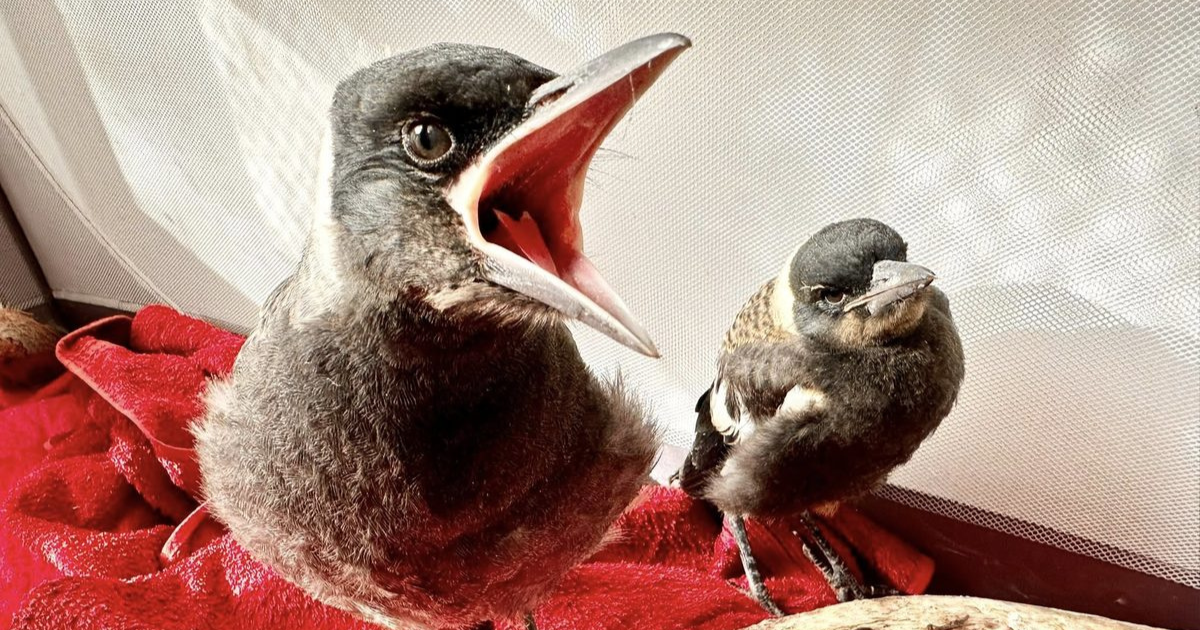First-rate: Most councillors support rate increase in shire budget
THE Surf Coast Shire council has passed its budget with a 2 per cent rate rise but is forecasting financial trouble in the years ahead.
Councillors resolved to adopt its 2020-21 draft budget at their June 23 meeting.
Cr Margot Smith said the rate increase in the budget was “modest” and enabled the council to support those going through hardship.
Cr Brian McKiterick said he initially believed the budget should have no increase in rates to reflect the circumstances of the coronavirus, but said a 2 per cent increase was “necessary for the long-term financial gain of not only the shire but also the community”.
Cr Heather Wellington was the lone vote against the motion, saying it was the first time she had voted against a budget in 12 years of being a councillor (which includes four years at the City of Greater Geelong) but she felt she had to after seeing the impact of the coronavirus on the community.
“We’ve just put our rates up as if the world around us is going on as normal, and it’s clearly not.
“There will be a lot of people in real hardship, and 2 per cent might not seem much, but when you put that 2 per cent of those rates on top of very high existing rates… sure, we’re saying we’ll waive the interest for a year, but the rates aren’t going away.
“It’s simply not fair on our community for us to plough ahead as though nothing is changing.”
The state government’s rate capping regime, introduced in 2016, limits councils to increasing rates by no more than 2.5 per cent each year.
The Surf Coast Shire council has been worried about the implications of rate capping since its inception, predicting at the time that it would decrease the council’s revenue by $100 million over the first decade.
Cr James McIntyre successfully moved the motion to pass the budget, adding amendments of details from the council’s Long Term Financial Plan.
This includes a projected increase in unallocated cash deficits, starting with $177,000 in 2023-24 and peaking at $2.1 million in 2027-28; and a series of negative closing balances from 2027-28 onwards, peaking at $3,723,000 in the red in 2029-30.


















